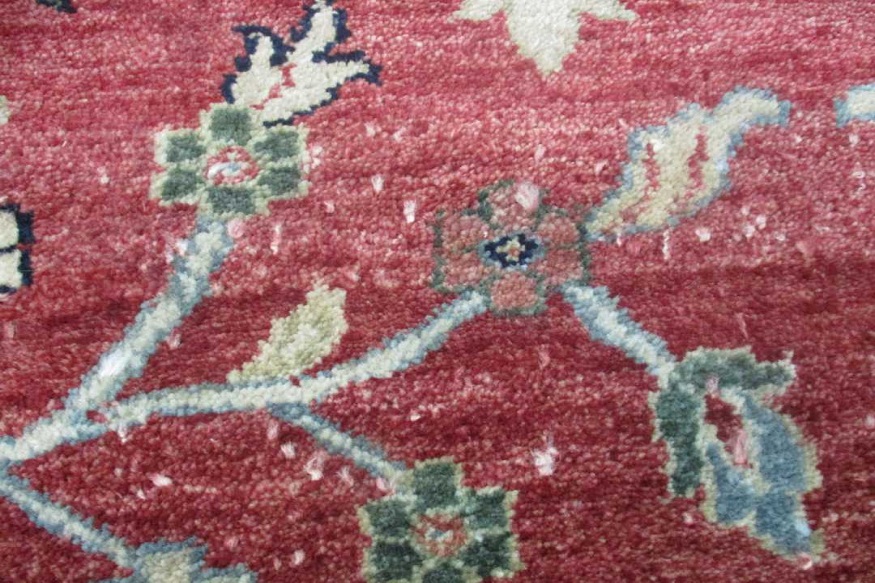Mushuck”
Mold manifests itself in many forms. Sometimes they are even desirable, like blue cheese. The fungus can also appear as fuzzy green spots on stale bread or black spots on damp surfaces in your home. Apart from posing health risks to you, these substances can also cost you a fortune to clean up and dispose of. To help you avoid this nightmare, we collected the most important facts and tips to help you keep your home mold-free.
Exactly what is mold?
What is Mold actually A Biodegradation of organic matter is aided by mold, which is a type of fungus. Mold thrives in environments that are warm, wet, and humid, and propagates in one of two ways: either by growing wherever they are, or by producing spores that spread by the wind or water. They are able to survive in dry, cold conditions, which mold cannot. Over 100,000 different molds exist, and some of them pose serious health risks.
Mold and health risks
Toxic mold can be classified into five categories: Cladosporium, Penicillium, Fusarium, Aspergillus, and Stachybotrys. People react differently to each group of mold. Mold can cause nasal congestion, cough, irritation of the eyes, and sore throats in those who suffer from allergies. People with compromised immune systems may be more susceptible to these reactions. Infections in the lungs may occur after being exposed to mold. In children who would not otherwise have asthma if not exposed to mold, exposure to mold has been shown to trigger asthma. In general, avoid damp areas and direct contact with mold as much as possible.
Pets and mold
The risks associated with mold pose a double threat to pets: they can bring mold into the house, as well as being exposed to it through playing around with moldy items or eating moldy food. You can keep pets from ingesting mold by preventing them from accessing damp areas of the house; storing food in airtight containers; making sure they don’t consume garbage; regularly cleaning their beds, food and water bowls, and removing litter and dirty items from the yard.
Mold enters your home in what way?
You can get mold into your home in any number of ways: through open windows, air ducts, pets, leaks, shoes, and sometimes mold will live inside the material used to build your home. . Mold may also live on stationery, wood, and ceiling tiles, which are the kinds of materials that are constantly entering and leaving buildings.
Mold protection for your home?
It It is virtually impossible to keep mold from entering your home. Nevertheless, you can reduce the amount of mold in your home if you take a few precautions, such as using mold-inhibiting paint, removing rugs from bathrooms and other damp locations, cleaning roof gutters regularly, patching leaks, closing windows when the air conditioner is on, providing adequate ventilation in zones where condensation is likely to occur, and using a dehumidifier.
So the question of What is Mold is all about the information is mentioned above .



